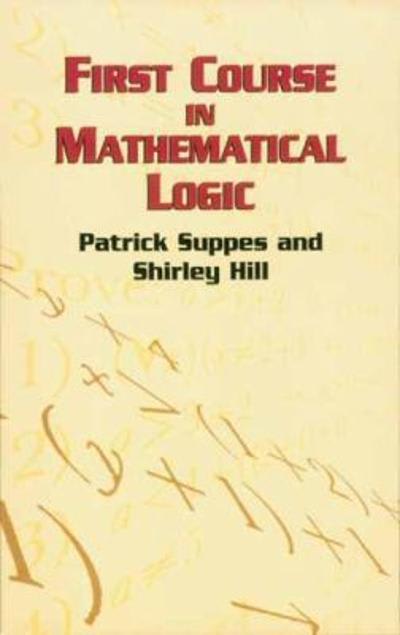Answered step by step
Verified Expert Solution
Question
1 Approved Answer
PRECALC!! Steps are in order 1.)In the simplest understanding, a conic is the arc made by a flat surface intersecting a cone. This surface can
PRECALC!! Steps are in order 1.)In the simplest understanding, a conic is the arc made by a flat surface intersecting a cone. This surface can and is typically angled with respect to the orientation of the cone. The different angles of this surfacewill determine what type of conic we have. The types of conics are: Circles, Ellipses, Parabolas, and Hy-perbolas. We'll quickly discuss each type of conic. Circles. 2.)These are formed when the intersecting surface is parallel to the base of the cone. Thus the shape is just the perimeter of the cone, which is perfectly round. The size of the circle depends on what part of the cone you are intersecting. 3.) Ellipses. Also called ovals, ellipses are like a stretched out circle. This occurs when the angle of the flat surface is less than the angle of the side of the cone, and thus creates an elongated circle shape with the edges of the cone. The surface cannot intersect the base of the cone. When this happens we are left with an opened oval shape, which is called something different. 4.)Parabolas. When a surface intersects the side of the cone and the base of the cone at the same time, we have a parabola. You might have seen these before in your mathematics career, they are just like half ovals. This happens because we are intersecting with the base of the cone, so our arc does not close. 5.)Hyperbolas. These are like elongated parabolas. A hyperbola is created when we take a surface that is perpendicular, or ninety degrees, to the base of the cone. Slicing the cone in a vertical fashion like this gives an exaggerated parabolic shape. 6.) Alright, so now that we have a little bit of understanding of what a conic is and what shapes they can take on, let's make some of our own. 7.) Okay, so now you are going to use some stuff that you probably have in your home to make some conic shapes and explore each type a little further. You will need some type of paper (multiple sheets, that aren't this project), scissors, tape, and of course a pencil or pen. 3.) Take your paper, and make a cone. That is roll it up with one end coming to a point. Cut off the other end to make a flat surface. Finally tape the roll together so that it can stand on its own. Don't worry, you'll get better at this as it won't be the last cone you make. 4.)Okay, once you have an acceptable cone to work with, lets try cutting it up! Don't worry, it's for a good cause, we're making conic shapes! Okay, here's the first challenge, make a circle. That is cut the cone in such a way that we end up with a circle on one end. Take a picture of your newly cut up cone. Now we can draw this shape by tracing the edge of the cone, to the best of your ability, right here: > Great! 5.) Let's try another one. Make another cone, and then cut up one edge, this time to make an ellipse. Re- member the description of what an ellipse is above. Once you have your ellipse-tracing material, take a picture of it and then trace the cone's edge below. 6.) Repeat this process for a parabola. Your traced parabola can go here: > 7.) And finally, the hyperbole. Trace it here: > Make sure to send pictures made 8.) Now let's work with some virtual conics. Use this link here to see a little more clearly what it looks like when a flat two-dimensional surface intersects with a three dimensional cone: https://www.geoqebra.org/m/pCq8NFVT 9.) Here you can change the position and angle of the plane against a stationary cone. The picture on the right is the drawing of the intersection between the two objects. 10.) What happens to the shape on the right when you make the angle O, or the lowest setting you can? 11.) Now what do you think will happen when you put the angle up to the highest setting, what type of conic will we see on the right? 12.) And now finally, what setting do you think you'd have to change to get a parabola? Make the parabola on Geogebra, then draw both the left side image of the cone and the right side image of parabola here: > REFLECTION 13.) State the general equation for each of the four types of conics we discussed in this project (circles, ellipses, parabolas, and hyperboles). Be sure to include the differences in the formula for each of the conic sections. 14.) What do all of these equations have in common and graphed out, what do each of the shapes of each of these equations have in common? 15.) What can we conclude about equations with squared variables and their graphs? 16.) Now that we've worked with circles and ellipses in a tangible way, how can we describe the shape of an ellipse as a transformation of the shape of a circle
Step by Step Solution
There are 3 Steps involved in it
Step: 1

Get Instant Access to Expert-Tailored Solutions
See step-by-step solutions with expert insights and AI powered tools for academic success
Step: 2

Step: 3

Ace Your Homework with AI
Get the answers you need in no time with our AI-driven, step-by-step assistance
Get Started


